
Figma Make is here to automate your design-to-code workflow. I tested it. Let’s talk about the good, the bad, and the straight-up weird.
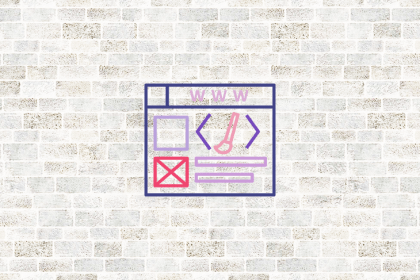
Figma’s auto layout was recently updated with some new features. Let’s explore what these features are and how to use them.
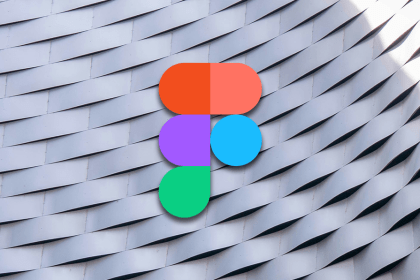
These are the seven best Figma courses for boosting your career, whether you’re a complete beginner or an experienced designer.
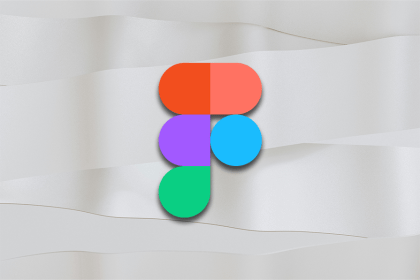
Here’s a short guide to getting started with and using component properties in Figma, so you can begin experimenting yourself.
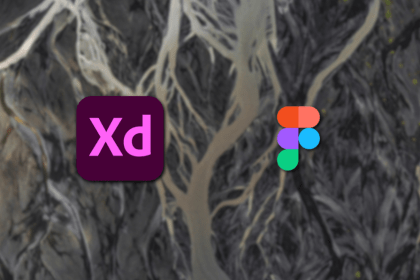
Adobe XD is Adobe’s version of Figma – but does it match up? This blog is an attempt at decoding the good and bad of both, and figuring out which one is best used for which use case.

Figma makes it easy for designers to crop and mask images without third-party tools, which is critical for visually appealing interfaces.

Through this step-by-step guide, you can learn how to easily import files from Adobe Illustrator to Figma.
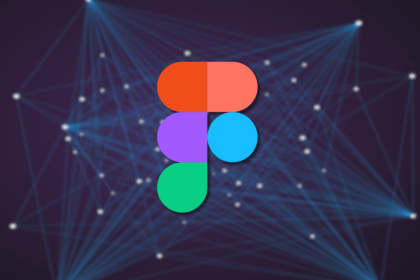
AI is unlikely to replace the creative discipline of UX design. But those who use Figma AI are likely to replace those who don’t, so let’s look at Figma’s AI features.

As an interface design tool, Figma offers a range of blend modes for designers to apply to their layers and fills.

Learn to convert and edit images in vector formats like PDF, EPS, or SVG using Figma, its many handy plugins, and other tools.

Let’s explore no-code designing with AI. We’ll discuss Fronty, its features, and using them by converting Figma design frames to webpages.
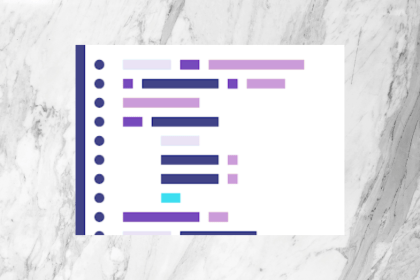
In this article, you’ll learn what flexbox and grid layout do and the benefits of using both to develop websites.